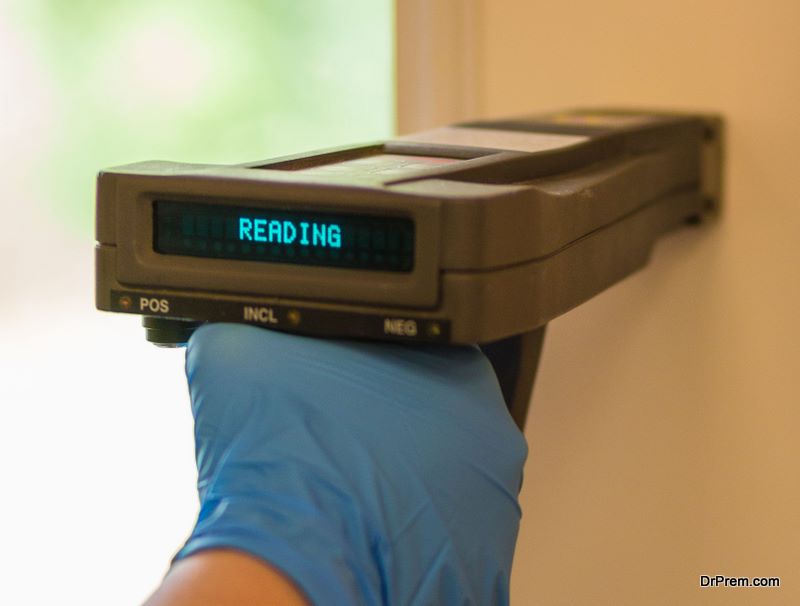Lead was banned from use in the home back in 1978, when the government discovered its many adverse effects. Despite this, many homes still have lead within the structures – mainly those built before this time. Below we look at the dangers as well as steps you should take if you suspect lead is present in your home.
1. Dangers of Lead

Lead can cause serious damage to humans and this worsens the longer you are exposed – and more so in children. By far one of the most serious side effects of pro-longed exposure to lead is brain damage. Lead can affect the brain, causing behavioral disorders, convulsions and in worst cases, death. In high levels, lead can also damage the central nervous system and the kidneys in adults and children. Luckily, lead exposure is completely preventable if covered or removed by a professional.
2. Do a Paint Inspection
Lead is mostly found in lead paint around the home. Checking any painted surface in your home that you suspect is lead will help you determine this, especially in areas where the paint is chipping. If you are looking to buy a home, get a paint inspection carried out beforehand. If you suspect the home you are currently living in contains lead, you should get yourself a home test kit (see below). If you live in an old house, the chances of lead are more likely. Check online or in the deeds for the home to find the build date, as this will give you more of an idea as to whether lead may be present.
3. Testing Your Home

There are three ways in which you can test for lead in your home. The quickest way is to nip down to your local hardware or paint store and purchase a home test kit. This will let you know if lead is present, although you won’t get any idea of how much. The NLLAP (National Lead Laboratory Accreditation Program) provides home test kits but these are more expensive than those you’ll find within a hardware store. You can also speak to your local health department who can arrange for a trained lead specialist to check the home for you.
4. Find a Lead Abatement Specialist
If you do have lead present in your home, this must be dealt with as soon as possible. Lead abatement is the process of safely removing or covering up any materials in the home which have been touched and contaminated by lead, keeping your family safe from lead poisoning. Some parts of your home contaminated with lead may be integral for the structure, meaning removing the lead isn’t an option without tearing your house down. Covering the areas is just as safe and can remain safe for future use when carried out by a professional. When looking at hiring a lead abatement specialist, be sure to find a trusted expert who has experience.
Lead in the home is a serious issue that should be addressed immediately if you have any suspicions. If you’re unsure, speak to your local health authority or a professional lead abatement specialist.
Article Submitted By Community Writer




